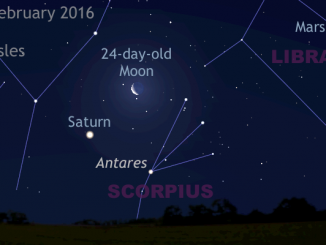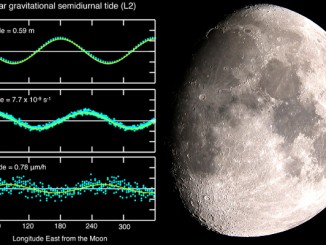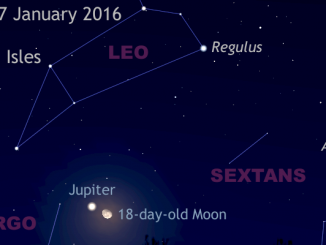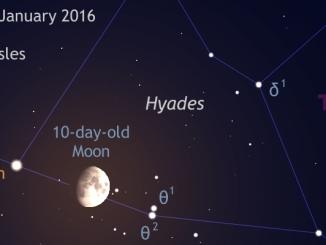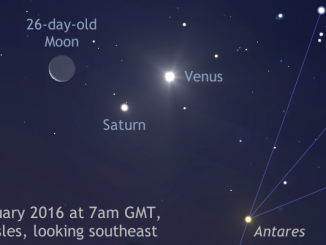
Return of the King — get ready for Jupiter at its best
In the early evening of Tuesday, 23 February, the rising waning gibbous Moon — one day after full Moon — lies just 3½ degrees from magnitude -2.5 planet Jupiter low in the eastern sky. Jupiter is closest to Earth on Tuesday, 8 March, so now is the time to get acquainted with the solar system’s largest planet.


